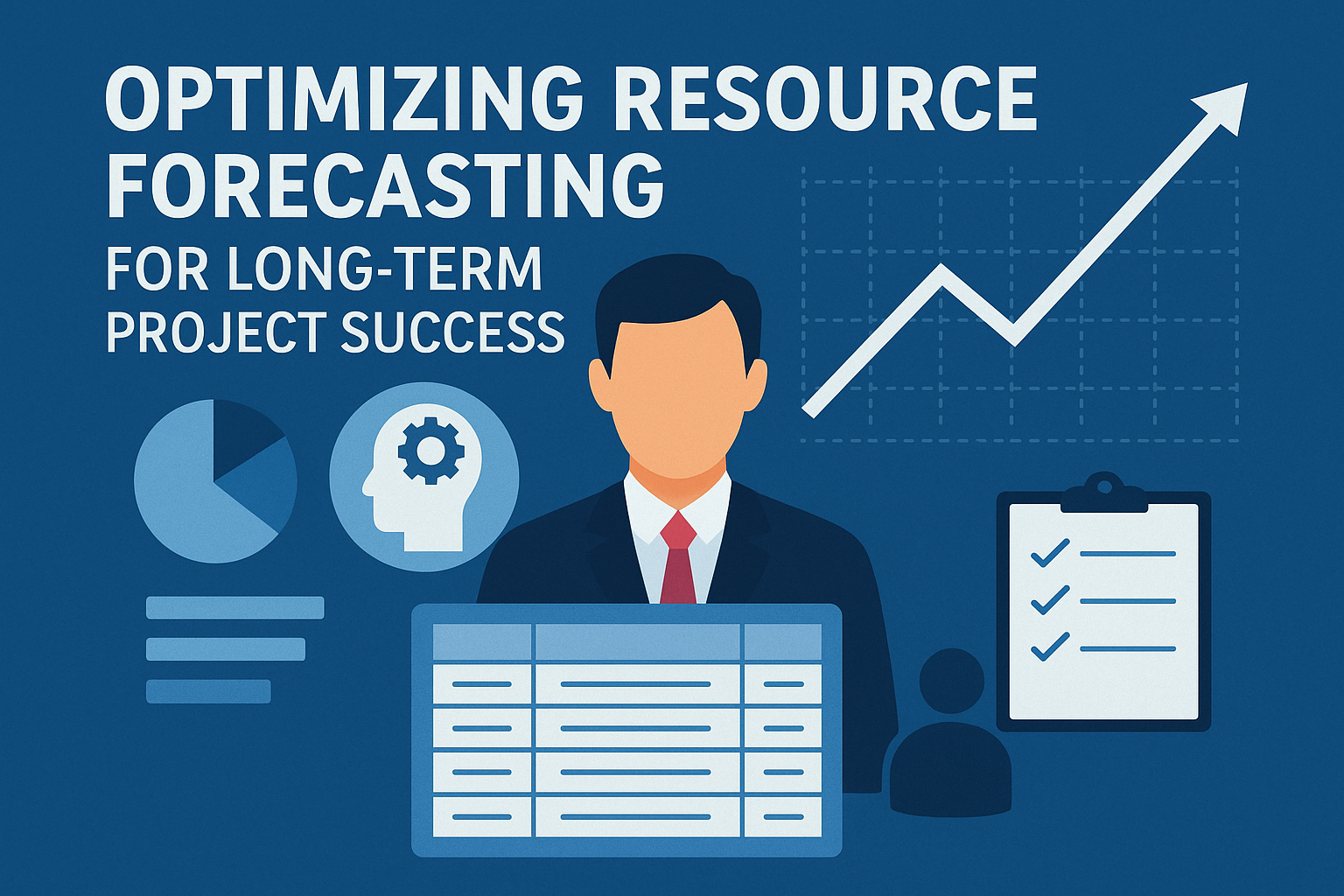Scenario planning is more than a forecasting tool—it is a strategic method that equips organizations to anticipate resource needs and mitigate risks in an uncertain environment. By exploring “what if” scenarios, project managers can identify potential challenges and develop flexible strategies to address them. In resource management, scenario planning ensures teams have the right skills and capacity to meet evolving demands.
What is Scenario Planning?
Scenario planning involves envisioning a range of potential future states based on known variables and uncertainties. This approach enables project managers to model resource allocation strategies under different conditions, such as sudden shifts in project scope, market downturns, or team changes. Unlike traditional forecasting, scenario planning accounts for dynamic variables, making it particularly effective in today’s unpredictable business environment.
Benefits of Scenario Planning in Resource Management
- Proactive Risk Mitigation
Scenario planning helps identify vulnerabilities in resource strategies before they impact project outcomes. For instance, managers can test the effects of a delayed hire or an unplanned project addition and prepare mitigation measures in advance. - Enhanced Decision-Making
By visualizing the outcomes of multiple scenarios, leaders can make informed decisions that align with long-term organizational goals. This insight minimizes the chances of over-allocation or under-utilization of critical resources. - Improved Agility
In rapidly changing industries, scenario planning enables teams to pivot quickly without compromising project quality. Teams equipped with pre-defined contingency plans can adapt more effectively, reducing downtime and maintaining productivity.
Scenario Planning in Action
Consider a technology firm preparing for a major product launch. The resource management team creates three scenarios:
- Best Case: Projects are delivered ahead of schedule, and additional resources are available for innovation.
- Most Likely Case: Teams operate at full capacity, meeting deadlines but without surplus resources.
- Worst Case: A key team member departs, delaying critical deliverables and requiring reallocation of tasks.
For each scenario, the team develops tailored strategies, such as hiring temporary staff or reprioritizing deliverables. When a team member unexpectedly leaves during the actual project, the prepared mitigation strategy ensures minimal disruption.
Tools and Techniques for Effective Scenario Planning
- Scenario Modeling Software
Tools like Adaptive Insights and Anaplan provide sophisticated modeling features that allow project managers to build, test, and refine multiple resource scenarios. - Workforce Data Analysis
Using historical data on resource utilization and project trends helps managers create realistic assumptions for their scenarios. - Engage Stakeholders
Collaboration with key stakeholders ensures scenarios reflect cross-departmental needs and dependencies. Involving multiple perspectives improves accuracy and alignment.
Challenges and Solutions
- Complexity of Variables: Simplify scenarios by focusing on the most critical resource drivers, such as availability, skills, and costs.
- Resistance to Change: Foster buy-in by demonstrating the tangible benefits of scenario planning in achieving project success.
- Limited Data: Use industry benchmarks and expert input to supplement gaps in internal data.
Conclusion
Scenario planning empowers organizations to navigate uncertainty by preparing for a range of possibilities in resource management. By integrating this practice, project managers can anticipate challenges, allocate resources effectively, and remain resilient in a changing environment. Scenario planning isn’t just a safeguard—it’s a competitive advantage that positions teams to thrive in the face of unpredictability.
Reference
“Scenario Planning: A Tool for Strategic Thinking” | Paul J.H. Schoemaker | Sloan Management Review | 1995
“The State of Agile Report, 15th Edition” | Digital.ai | 2022
“Pulse of the Profession Report 2023” | PMI | 2023




